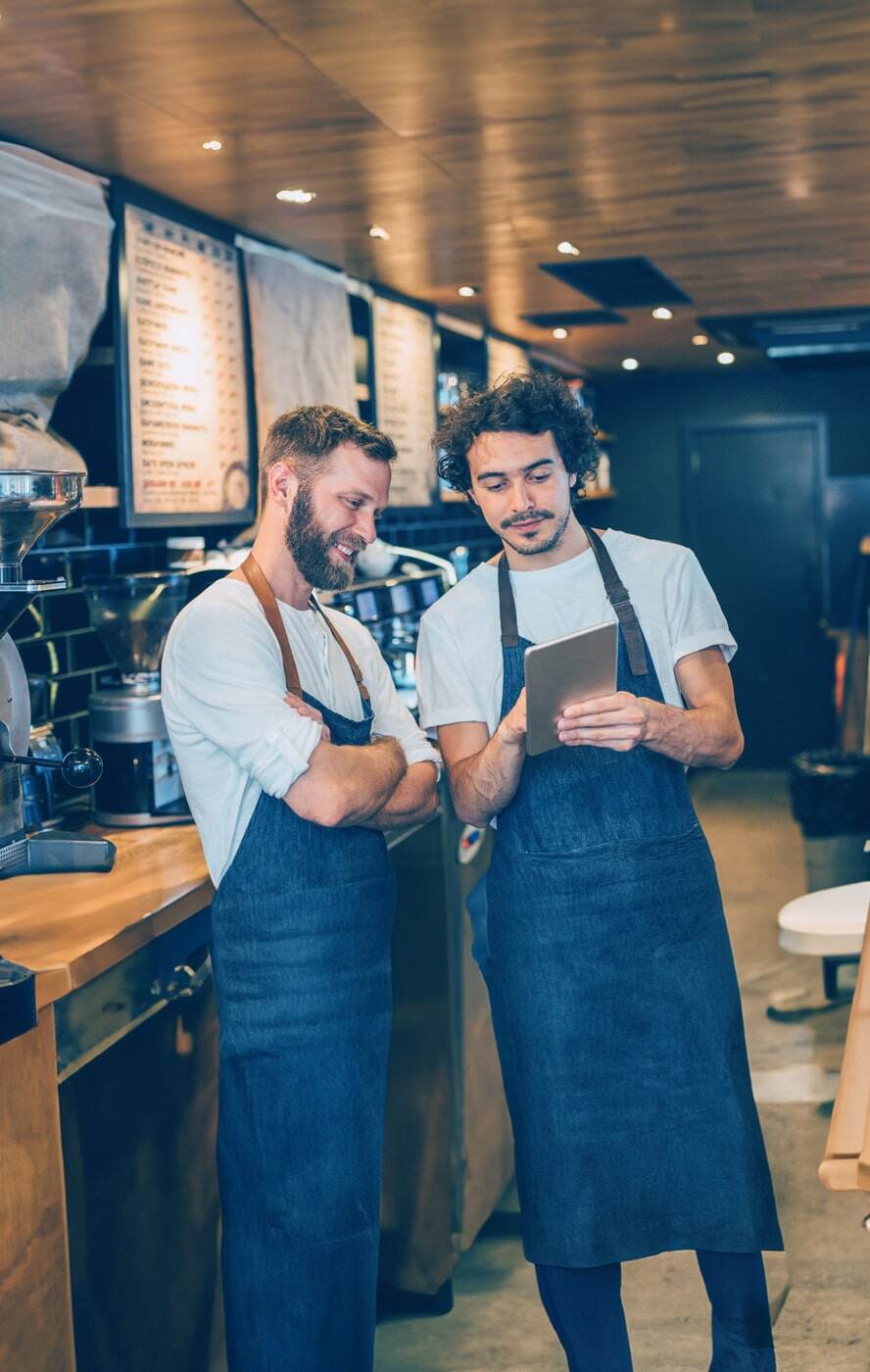Low tide at noon, high tide in the evening? A clear case: supply and demand do not match during the day. The load factor varies greatly and seats often remain empty. Why not vary the prices for a constantly high load factor? We are talking about dynamic pricing. What is it? What does it depend on? And is it a pricing model for the hospitality industry? An overview.
What is Dynamic Pricing?
With dynamic pricing, prices are varied over time. In times of high demand, prices are higher. When there is little activity, prices are reduced to stimulate demand. The goals: Consistently high demand and maximum profit.
Dynamic pricing is appropriate when, firstly, capacity is constant, e.g. the number of seats, secondly, a perishable or perishable product is sold, e.g. food, and thirdly, demand varies.
For air travel, the dynamic pricing model has long been standard. The aircraft has a fixed number of seats. So the free seats during the week cannot be saved for the flights at the weekend, when demand is much higher. If a seat is not sold by the time of the flight, it is spoiled, so to speak. The plane flies, the staff as well. So the costs hardly vary. However, if the airline had still sold the vacant seats at a reduced price, it would have taken in more. And the passengers would have been happy about the lower price.
Dynamic pricing in the gastronomy sector
Restaurants correspond to airlines: Capacity is fixed. If tables remain empty, they cannot simply be added to the restaurant the next day and thus sell more menus. The same applies to the food: perishable. Some of what is not sold in the evening goes into the rubbish. Costs without income.
Not every restaurant gets rid of its offer at almost any time at a fixed price. The occupancy rate is therefore not constant. While restaurants are fully booked in the evenings at the weekend and have to turn away guests, tables remain empty at the beginning of the week and at lunchtime - or vice versa, depending on the business.
Usually, the overall occupancy rate in many gastronomic establishments is less than 60 per cent. So considerably more turnover could be made here without costs increasing to the same extent.
What works? Raise or reduce prices?
Now there are two possibilities: One is to raise the prices a little at peak times. Then fewer guests come, but it is still fully booked. On the other hand, lower the prices at less popular times. Then more guests will come.
Both have already been practised. In both cases, revenues increase. However, only if prices do not become prohibitively high in the first case and the cost of goods is still covered in the second case.
However, as prices rise, so does the displeasure of the guests: an extra fee to get a table does not go down well. And those who did not dine at a certain price on Tuesday will continue not to do so if the price or the offer does not improve.
Reduced prices, on the other hand, increase demand and mood. You don't lose customers here, you gain new ones, says Leonid Shutov of the posh restaurant Bob Bob Ricard in London. "The number of customers has nearly doubled during the quietest times. And they are guests who would otherwise not have afforded the restaurant.
And not only that: in the end, they don't even spend less money, but simply treat themselves to a little more caviar, a little more champagne at the better prices. And are happy about it. So lowering prices at less popular times can significantly increase turnover and win new and more satisfied guests.
One is the seating, the other is the food. Here, too, demand varies throughout the day and the week. While the lobster threatens to run out, the salmon stays put. So the right price has to be found for the salmon, so that the salmon is not thrown away and no customer is disappointed because of the missing lobster. So why not reduce the price of salmon to stimulate demand and avoid food waste? It won't change the cost, but it will change the revenue.
And those who open all day know only too well that burgers in the afternoon and cakes in the evening don't work. So before they throw them away, why not offer them at a lower price?
New technologies simplify dynamic pricing
Dynamic pricing can be put into practice with reservation, order and payment software. On the one hand, a lower price can be announced for online reservations for less popular days and then automatically charged in many POS systems such as Hypersoft. This makes these days popular with significantly more guests. And also with people who would otherwise rather not go to the restaurant or not so often. Not everyone can or wants to afford top-class gastronomy on a regular basis.
This variant is not only easy to implement, but also easy to communicate. Guests then know that it is cheaper at noon or on Tuesday, and this offer is reliable.
On the other hand, order and pay solutions such as Hypersoft make it easy to adjust prices depending on the time of day or day of the week. Customers can order in advance via the app or at the table in the restaurant - and automatically see the respective price, which restaurateurs can also adjust manually depending on demand to boost sales of individual offers.
The latest technologies even allow automated pricing in real time. Gastronomers only have to set in advance how much discount can be given for which products. For pizza delivery services, a low order volume is automatically accompanied by lower prices. When more orders come in, the price goes up again.
The Nordic pizza chain Kotipizza was able to increase orders by 22 per cent and turnover by 31 per cent within one year using the Priceff tool.
The restaurant industry meets all the requirements for dynamic pricing: fixed capacity, perishable product, variable demand. Accordingly, restaurants can benefit from the pricing model in several ways: Increase turnover, avoid food waste and make guests feel good with reduced prices and waiting times. Dynamic pricing is therefore more than worth considering.
Webinar
Prices are one thing, ordering and payment are another. New features for pre-order and pre-payment have considerable advantages for guests and restaurateurs compared to reaching into the wallet. Find out more in the new aleno Academy - coming soon.
Share with a friend!




